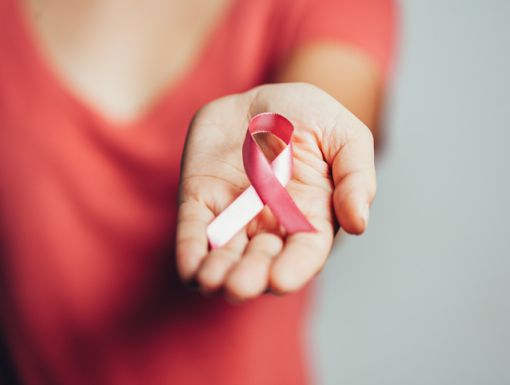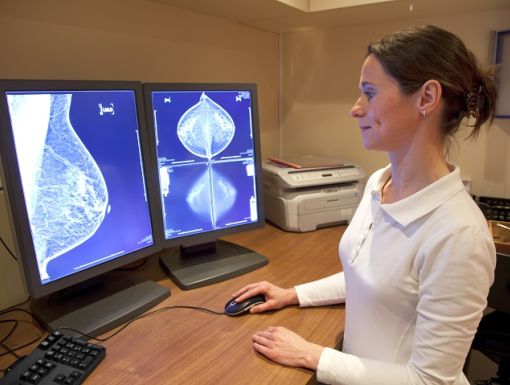
Breast Cancer Symptoms: 9 Things To Look For
A breast cancer diagnosis can give you a lot to think about. Breast cancer risk varies based on several factors that are unique to a person, including family history and age. No matter your medical history or how old you are, it is important to be on alert for typical signs of breast cancer.
The most important thing you can do is have breast awareness. Pay attention to changes in your breasts.
If you notice any of the following symptoms, you should contact your doctor for an exam:
- New lump in the breast or underarm (armpit)
- Thickening or swelling of part of the breast
- Irritation or dimpling of breast skin
- Redness or flaky skin in the nipple area or the breast
- Pulling in of the nipple or pain in the nipple area
- Nipple discharge other than breast milk, including blood
- Any change in the size or the shape of the breast
- Pain in any area of the breast
- Scarring, rashes or moles that were not there before
People have different symptoms of breast cancer. And some people do not have any signs or symptoms.
No breast is typical. Some of the above symptoms could be related to other medical conditions and have nothing to do with breast cancer. That is why it is important to get a breast cancer screening to remove any doubt.
If you experience any symptoms or if you’re concerned at all, it is best to get screened. The most dangerous thing you can do is hope that it will simply go away.
What is a breast cancer screening?
According to the International Journal of Cancer, early detection of breast cancer through organized screening in average-risk women has reduced mortality from the disease by 20 percent. If you’ve never had a clinical breast examination, you may be wondering what to expect during a breast cancer screening. Here are a few things you can typically expect:
- The typical length for a screening, including the mammogram, is about 30 minutes.
- A mammogram is an X-ray of the breast. Mammograms may be a bit uncomfortable for some women, but they are the best way to find cancer early and having regular mammograms can lower the risk of dying from breast cancer.
- What types of questions are asked during a breast cancer screening?
- Ochsner uses specific questions to assess each patient’s individual breast cancer risk.
- The questions range from age of first period, height, weight, childbearing history, menopause status, hormone replacement therapy and family history of breast or ovarian cancer.
Most early detected cancers are asymptomatic, meaning they have no symptoms, and are caught during cancer screenings. Therefore, it is important that women get annual screening mammograms.
When should women get a breast cancer screening?
- Women who are 40 and older and are at average risk for breast cancer should get a mammogram every year.
- Women under 40 who have a higher risk due to family history of breast cancer and other cancers, screening is recommended to begin earlier. Your doctor can help you determine when to start screenings.
Women under 40 who do not have a family history but are experiencing symptoms of breast cancer should talk to their doctor about their concerns.
Learn more about cancer screenings at Ochsner.



